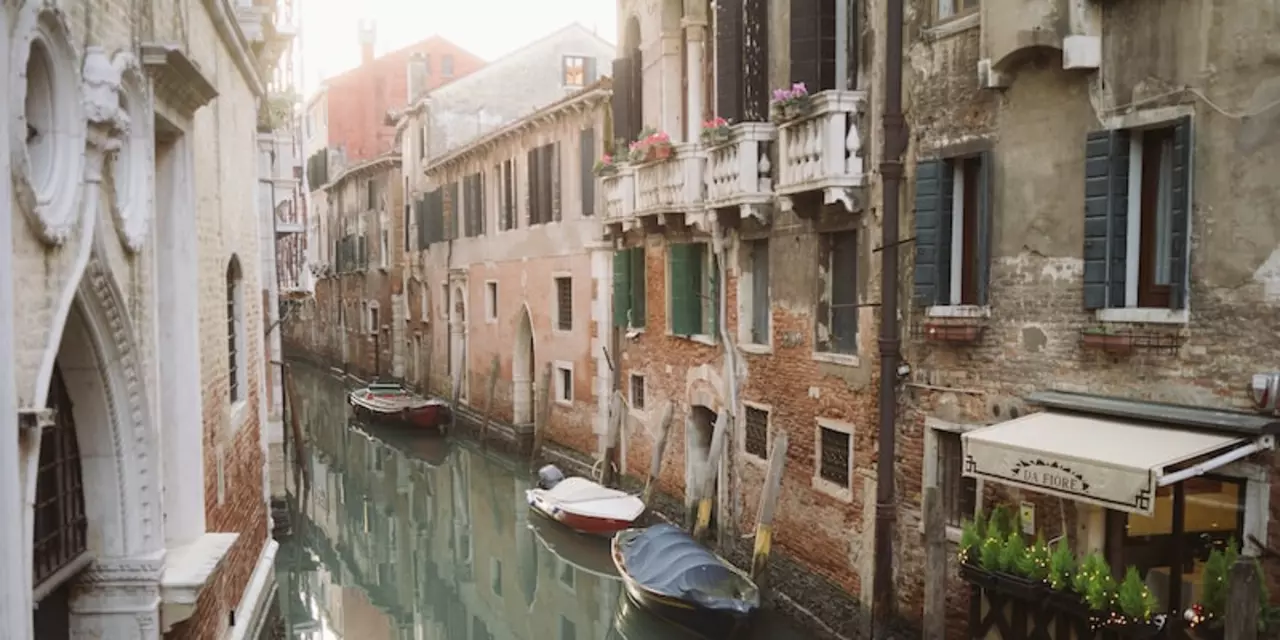Film History: Dive into Silent Era Legends and Iconic Stunts
When you think of film history, the first images that pop up are black‑and‑white frames, piano music, and actors doing crazy things without safety nets. That’s the world of silent cinema, a time when jokes were visual and directors had to get audiences hooked without a single spoken word. Ready to see why this era still matters?
Buster Keaton’s Crazy Stunts
Buster Keaton was the guy who walked off cliffs, smashed through walls and never blinked. He loved real danger, so many of his tricks were done by his own hands. In movies like *The General* and *Steamboat Bill Jr.*, Keaton dropped from a two‑story building onto a wooden plank and walked off a collapsing bridge. Sometimes a stunt double was used for the very risky stuff, but most of the time the audience was watching the man himself pull off the stunt.
Fans still argue over how many of those daring moves were truly Keaton’s work. The truth is, he trained like a boxer, practiced each stunt over and over, and trusted his crew to catch him when needed. That mix of skill and bravery gave his movies a raw, heart‑pumping feel that still thrills viewers today.
Keaton vs. Chaplin: Who Was the Better Filmmaker?
Every film nerd has heard the Keaton‑vs‑Chaplin debate. Both made silent comedy gold, but they had different strengths. Keaton focused on visual gags, perfect timing, and crazy stunts. Chaplin leaned into emotion, telling stories about poverty, love and hope with his iconic Tramp character. Keaton’s films feel like a roller‑coaster of absurd situations, while Chaplin’s are more like a bittersweet drama wrapped in humor.
When you compare *The Gold Rush* with *Sherlock Jr.*, you see the contrast clearly. Chaplin’s film uses pathos to pull at your heart, while Keaton’s turns everyday objects into laugh‑out‑loud inventions. Both left a massive mark, and trying to name a clear winner just ends up missing the point: they each shaped the language of cinema in their own way.
If you’re curious about how these legends built the foundation for modern movies, start by watching a couple of their short films. Notice how the camera stays still, how the set becomes a playground, and how each laugh is earned without a single spoken line. Those tricks still influence directors who love practical effects and physical comedy.
Film history isn’t just about dates and names; it’s about the tricks, risks, and creativity that turned a simple reel of film into a worldwide obsession. From Keaton’s daring falls to Chaplin’s tear‑jerking moments, the silent era proved that storytelling can happen without words.
So next time you hit play on an old classic, pay attention to the details: the timing of a pratfall, the way a camera frames a chase, the pause before a punchline. Those are the building blocks that still shape what you see on screens today. Enjoy the ride and keep exploring – the past is packed with gems waiting to be rediscovered.
Did Buster Keaton do his own stunts?
Buster Keaton was a legendary silent film actor, comedian and director. He was known for his daring physical comedy and stunts. Keaton often performed his own stunts and was known for his death-defying stunts. However, he did not always perform his own stunts. For some of the more dangerous stunts, he had a stunt double who performed the stunts for him. It is impossible to say for certain how many stunts were performed by Keaton himself, but it is known that he did perform some of his own stunts.
Was Buster Keaton a greater filmmaker than Chaplin?
Buster Keaton and Charlie Chaplin are two of the most iconic figures in film history. Both of them were comedic geniuses and shaped the silent era of films. However, some people argue that Keaton was a greater filmmaker than Chaplin. Keaton was known for his physical stunts and his ability to create absurd situations, while Chaplin was more focused on the emotional and sentimental aspects of his films. Keaton's films also had more emphasis on visual gags and stunts, while Chaplin's films had more focus on narrative and characterization. Ultimately, both filmmakers have had a lasting impact on cinema and it is hard to definitively state who was a greater filmmaker.


 Entertainment and Film Industry
Entertainment and Film Industry